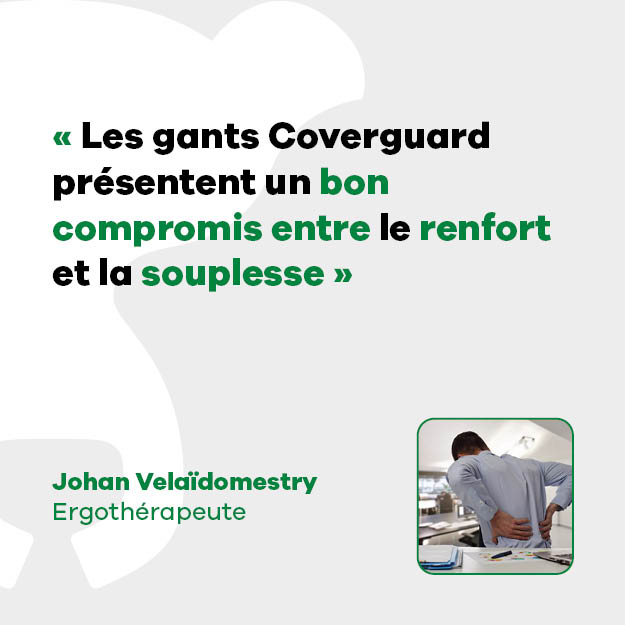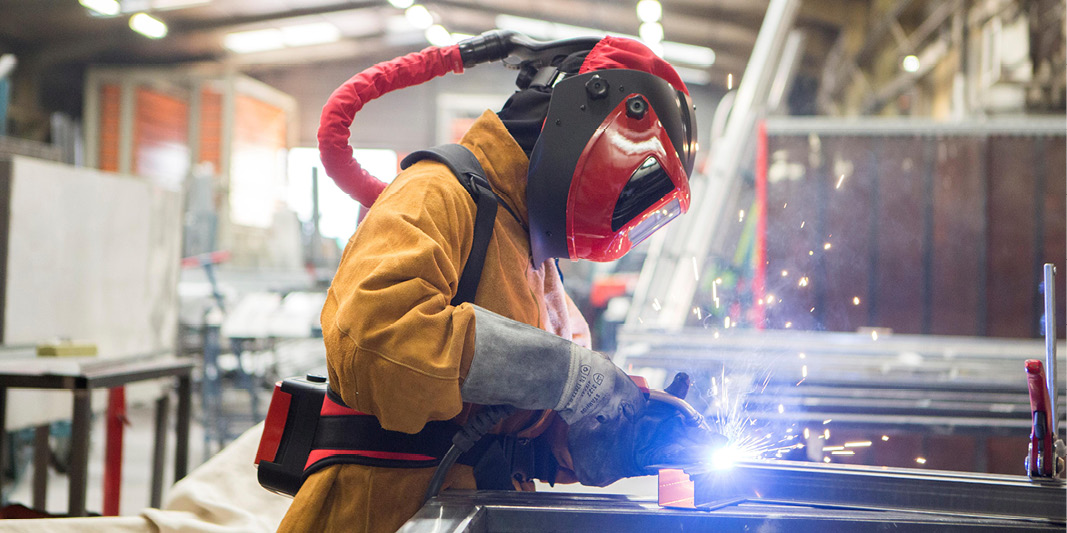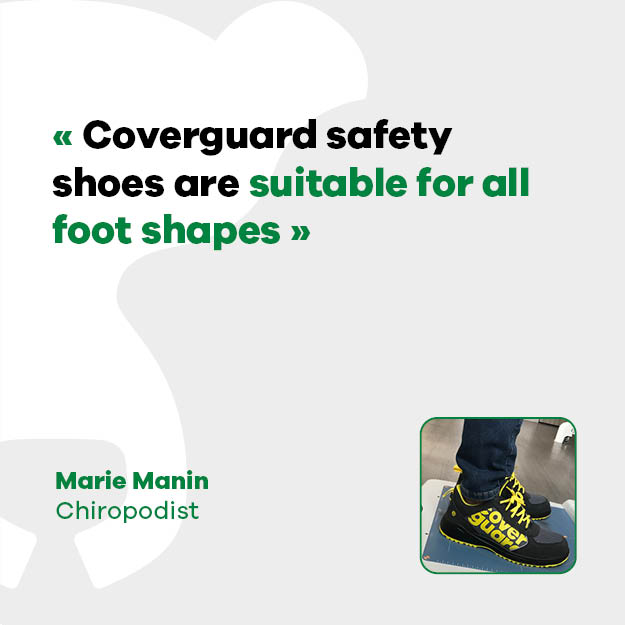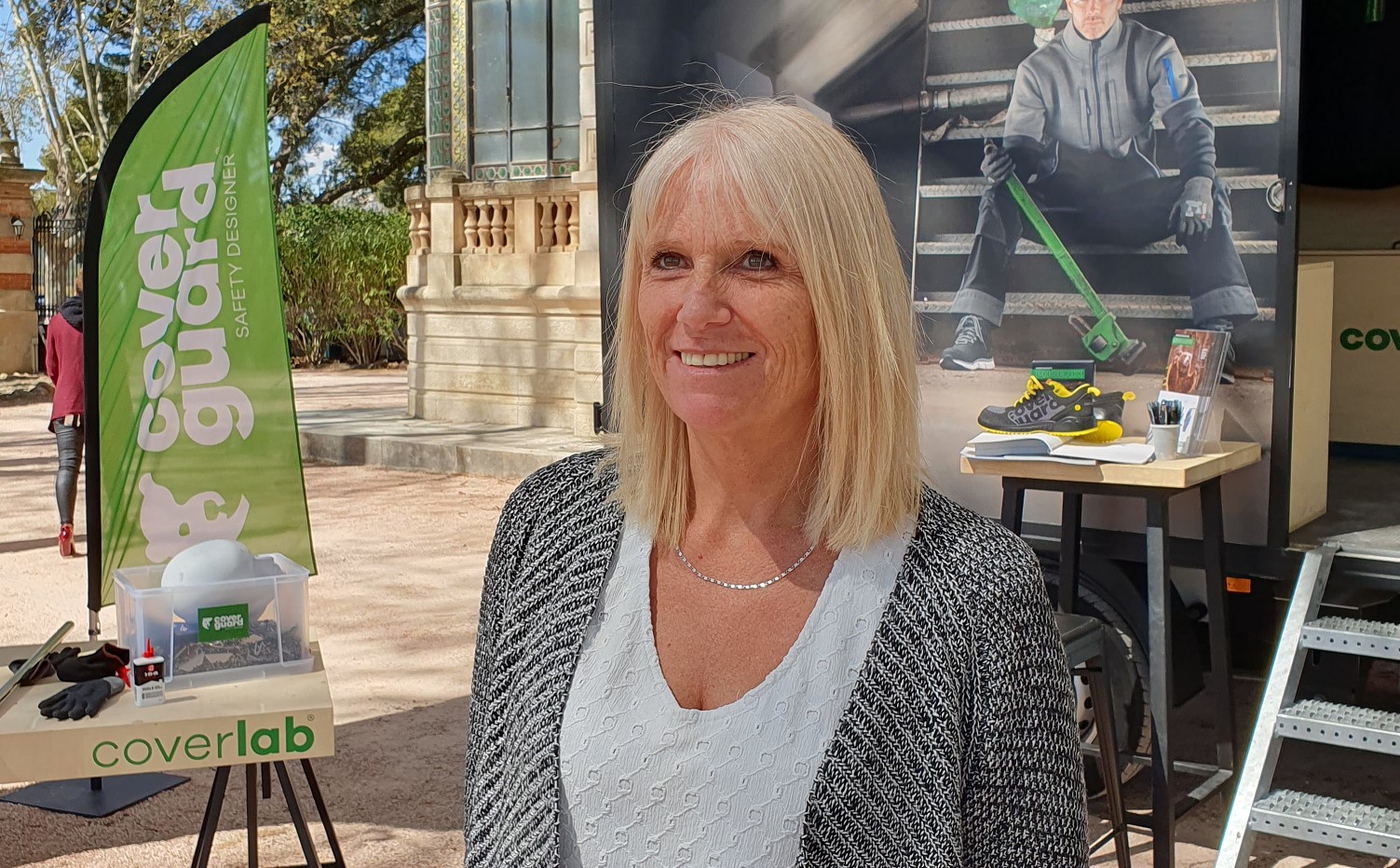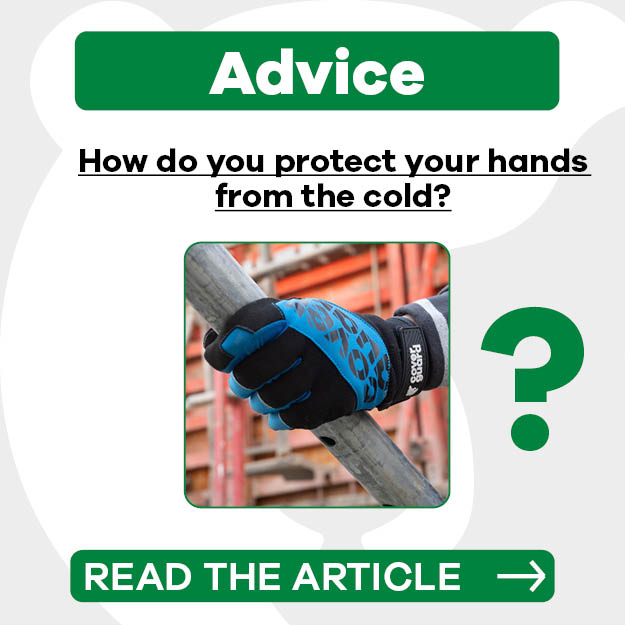
How to protect your hands from the cold?
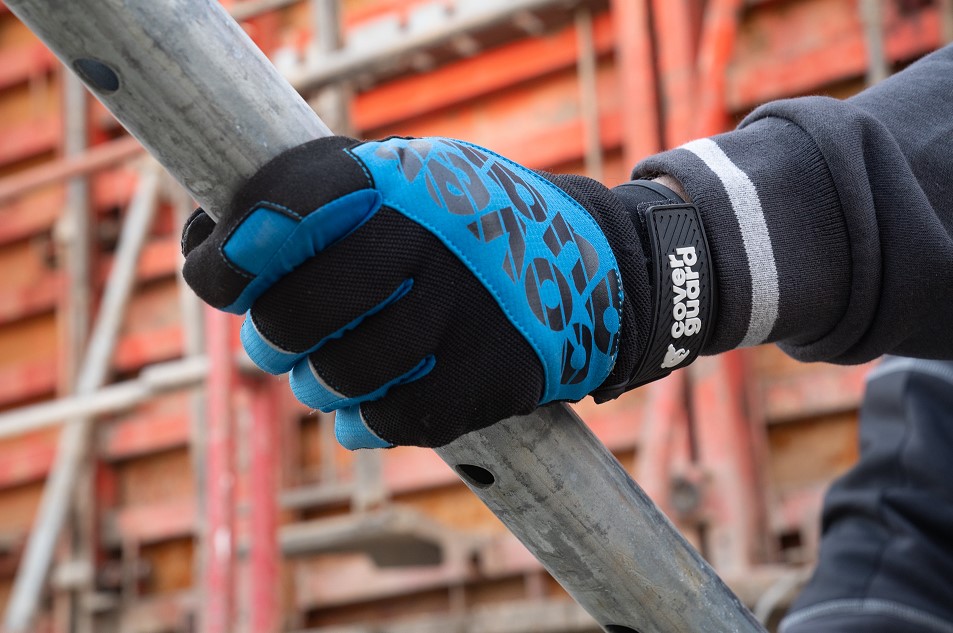
The body's extremities are the first to be exposed when temperatures drop. When facing cold, the body which generally regulates its temperature around 37°C, modifies its blood circulation, giving priority to vital functions rather than the extremities. Protecting the hands against the cold then becomes essential to limit heat loss and avoid any risk of cracks and frostbite.
How to protect your hands from the ambient cold?
Before going in search of the best glove against the cold, it is first necessary to identify the context in which you wish to use the gloves and the main risk factors to which the users are exposed:
- Workplace: Outdoor? Cold room? Sheltered from the wind? Wet environment?
- Nature of the tasks to be performed: Need for dexterity, grip etc.?
- Duration of exposure to cold ?
The EN511: 2006 standard, which specifies the thermal resistance capacities of a glove, distinguishes two types of cold:
- Convective cold, when the hand is in a cold environment.
- Contact cold, which refers to a situation where the hand is in contact with a cold object.
There is a test for each type of cold, allowing to certify the thermal insulation properties of the glove (score from 1 to 4).
The EN511 standard also gives indications on the capacity of the glove immersed in water to retain water penetration (0 = Water penetration after 5 minutes, 1 = Waterproof).
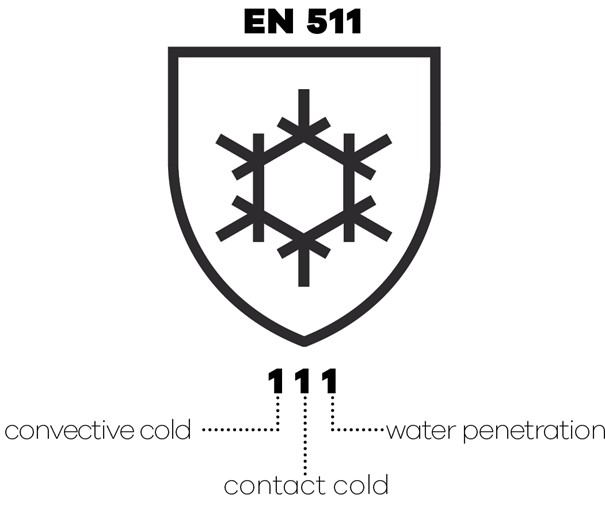
How to protect your hands from humidity
When cold is combined with humidity, the risk of chapping appears. It is therefore mandatory to dry your hands well before exposing them to the cold and to opt for waterproof and perfectly insulating gloves.
For a cold waterproof glove, Coverguard recommands EUROWINTER F110 or EUROWINTER MX100.
To find the right glove, you can use our product selector:https://www.coverguard-safety.com/product-selector-gloves
Gloves materials & structure
As far as heat retention is concerned, natural materials are the most efficient: leather retains heat, merino wool in the interior lining is an excellent insulator.On the other hand, synthetic materials such as nylon or polyester offer very good protection against humidity but heat retention is less good.
At Coverguard, we have developed the "EUROWINTER" cold range, innovative and adapted to all needs. All of these products meet the EN511: 2006 standard and some of them even protect against several risks: cold, but also cuts, chemical risks, etc.











